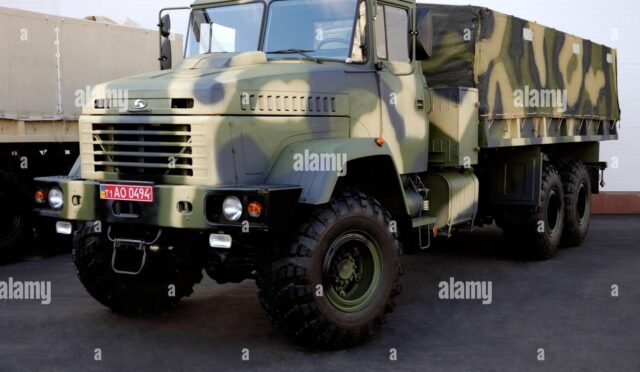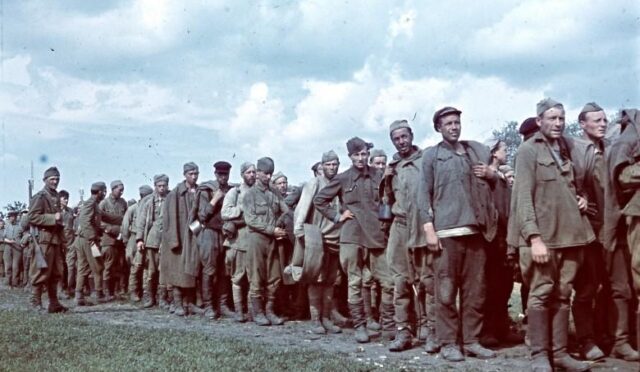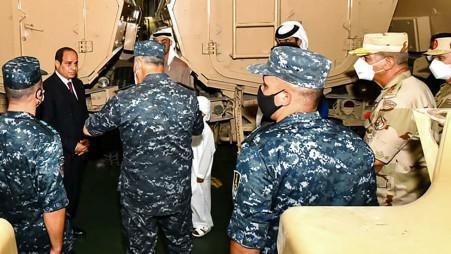NATO Defense Spending: US Urges Increase Before Summit
US Defense Chief Pete Hegseth called on NATO allies Thursday to finalize an agreement aimed at increasing military spending ahead of a critical summit later this month. President Donald Trump has been vocal in his demand for alliance members to boost their defense budgets to 5% of GDP during the meeting scheduled for June 24-25 in the Netherlands.
NATO’s Secretary General, Mark Rutte, has suggested a compromise solution, proposing an increase to 3.5% for core military spending by 2032, alongside an additional 1.5% for broader security needs, such as infrastructure. With the ongoing threat from Russia in light of the three-year conflict in Ukraine, numerous diplomats believe Rutte’s proposal could gain traction in The Hague.
Concerns Over Defense Spending Commitment
Despite the push for increased defense spending, some NATO allies seem hesitant to commit to these elevated levels. Hegseth emphasized the need for all member nations to make significant contributions during a meeting in Brussels, stating, “every country has to contribute at the 5% level.” He insisted that a robust military presence is essential for ensuring deterrence and maintaining peace.
Spain has emerged as a leading voice of concern, with projections indicating it will only meet the current NATO target of 2% of GDP by year-end. Reports suggest other nations are advocating for extended timelines on meeting spending commitments, while some propose reducing the annual increase in core defense spending to just 0.2 percentage points.
Support for Rutte’s Proposal
The United States has expressed its backing for Rutte’s plan but has underscored the importance of each nation developing a viable strategy to meet the proposed targets. The discussions come at a time when NATO is looking to bolster its capabilities in light of the persistent threat from Russia.
German Defense Minister Boris Pistorius has noted that meeting the new capability requirements could lead to Germany adding between 50,000 to 60,000 troops to its armed forces. Similarly, the Dutch Defense Minister, Ruben Brekelmans, said reaching these goals may cost the Netherlands at least 3.5% of its GDP.
Rising European Defense Ambitions
The drive for increased defense spending is not solely influenced by concerns over Russia; there is also a growing uncertainty regarding the United States’ commitment to European security. Rutte has highlighted that decisions made in The Hague—concerning spending and the new defense investment plan—will hinge on the necessary hard capabilities.
Earlier this year, Hegseth alarmed NATO by suggesting that the US may consider reducing its military presence in Europe to concentrate on the threat posed by China. While there have been no formal announcements regarding troop withdrawals, the specter of reduced US engagement continues to worry NATO allies.
Ukraine’s Role in NATO Discussions
As NATO prepares to finalize its defense spending agreements, a looming issue that may overshadow the upcoming summit is the ongoing situation in Ukraine. Trump’s potential re-election could have significant repercussions for US support of Ukraine and the broader Western strategy against Russia’s protracted aggression.
Hegseth’s absence from a meeting of Ukraine’s supporters in Brussels has raised concerns about US engagement with Kyiv. In light of this, European allies have called for continued support for Ukraine and have extended an invitation for President Volodymyr Zelensky to attend the summit in The Hague as a gesture of solidarity.







